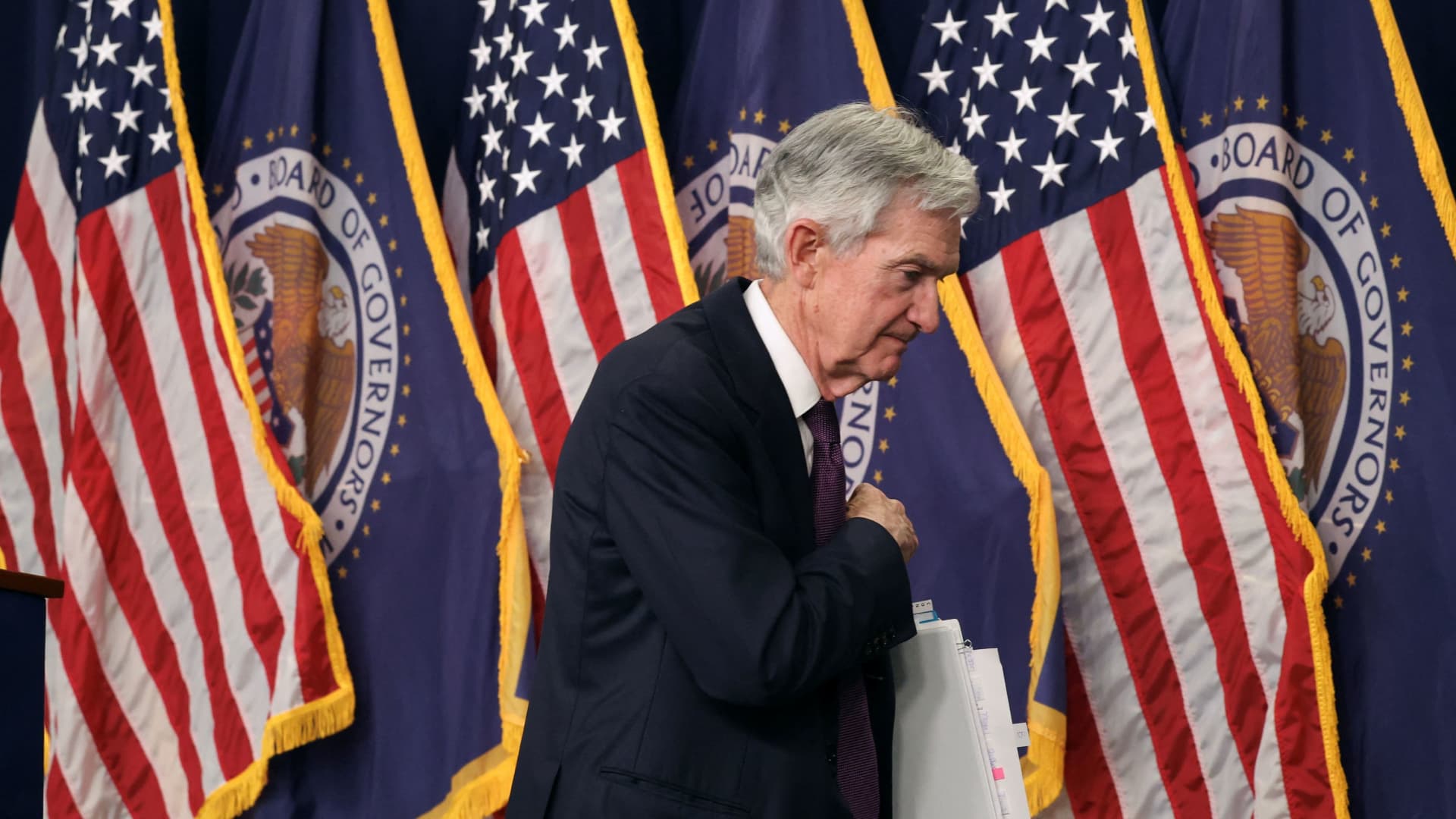Aggressive tariffs from the administration of President-elect Donald Trump could force the Federal Reserve into a holding pattern because of inflationary concerns, according to Bank of America. Aditya Bhave, a U.S. economist at the bank, said in a note to clients Wednesday that there are “growing signs of sticky inflation” and that the central bank may have already made its last rate cut of this cycle, given the timing of the change in administration. “Inflation is a concern even before we account for fiscal easing or tariffs. These policy changes would pose upside risks to the Fed’s core PCE projection (we are at 2.8% for end-2025),” Bhave said, referring to the personal consumption expenditures price index, the central bank’s preferred measurement of inflation. “Accordingly, if large tariffs are announced soon after inauguration, the Fed might not cut any further,” he added. Tariffs are a government tax on imports. While they are not paid directly by U.S. consumers, economists warn that some of that cost will be passed on in the form of higher prices for goods. This could create a bump in inflation, at least in the short term. The Fed’s summary of economic projections by individual policymakers, released in December, showed that central bankers expect two more rate cuts in 2025 , though Fed Chair Jerome Powell said that only some of the members considered the potential impact of Trump’s policies in making their forecast. Trump hiked tariffs during his first stint in the White House, and has promised to expand them in his second term. CNN reported Wednesday that Trump is considering declaring a state of national emergency to justify imposing universal tariffs. However, there is still uncertainty about how wide reaching the tariffs will be. Some of Trump’s high-profile supporters have pushed back against the idea that the tariffs will be truly universal. The uncertainty around tariffs comes as inflation data has flattened out in recent months above the Fed’s 2% target. Investors have been dialing back their expectations for central bank rate reductions in 2025. The Fed’s benchmark overnight lending rate currently stands at 4.25% to 4.50%. The CME FedWatch tool , which shows the expected rate cuts based on fed funds futures market pricing, puts the likelihood of a Fed pause in January at 93%. There is a wide range of outcomes for the full year, but the most likely as of Wednesday morning was for just one more cut in total by the end of December. Treasury yields have also been steadily climbing in recent weeks, another sign that traders are expecting rates to stay higher for longer. The 10-year Treasury yield was trading at 4.697% on Wednesday morning, up from 4.178% at the end of November. US10Y 3M mountain The benchmark 10-year Treasury yield is back near 4.7%.

Fed may be done cutting rates if Trump’s tariffs are imminent, Bank of America says